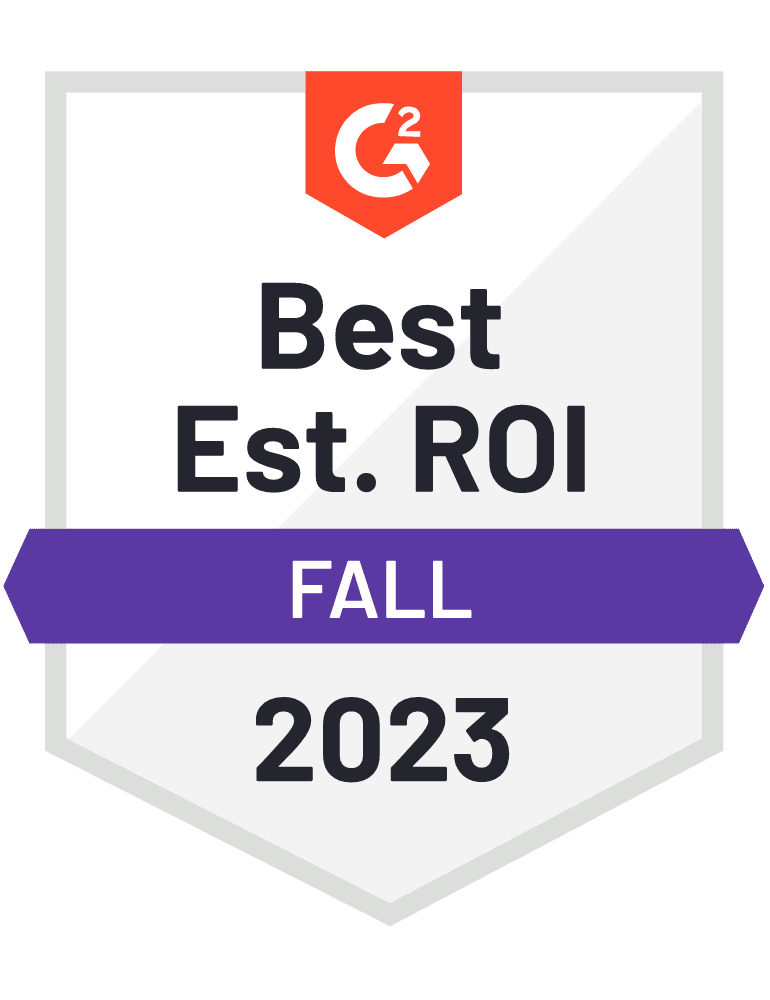What is Data Governance? How to Design and Implement a Framework
Find out how you can design and implement your a data governance framework

Actable
May 8, 2023
7 minutes
The purpose of data governance is to implement clear parameters for how your data is managed and used across your organization, so you can optimize efficiency and implement safeguards to protect your data.
How to Design and Implement a Data Governance Framework
Effective data management is crucial in helping you make informed business decisions, improve efficiency, and enhance the customer experience. However, achieving these business goals requires you to ensure your data is managed effectively, and doing so requires you to implement a data governance framework.
Create and Define Meta-Data
Creating and defining metadata involves outlining crucial information such as the data's description, who has access to it, which teams use it, and for what purposes. Well-maintained metadata allows for data security, tracking data lineage, data lifecycle, and how it is managed.
For example, you might define metadata for customer data, including name, email address, phone number, and order history. This can inform roles and responsibilities within the organization, ensuring that the data is managed effectively. If metadata is not created and defined properly, it can result in inefficient data management practices, which in turn may cause inaccurate data, loss of data, and security breaches.
Identify Key Stakeholders, Roles, and Responsibilities
It's important to identify key stakeholders and their roles in managing your data. A RACI (Responsible, Accountable, Consulted, Informed) framework can be particularly useful in mapping out the various roles different stakeholders play across different points of the data lifecycle.
This will not only aid you in identifying gaps in your existing governance processes but will also establish accountability across teams so you can establish a clear roadmap and ensure that every business unit is aligned with the same practices and goals.
Establishing clear roles and responsibilities will help provide clarity and efficiency in your data stack, allowing for scalability across your entire organization. Within your data governance team, there are three roles you need to define:
- Data Steward: A data steward is responsible for ensuring the management of data assets, including but not limited to maintaining security and high-quality data.
- Data Owner: A data owner is responsible for deciding how the data is collected, stored, and used, as well as managing strategic assets.
- Data Architect: A data architect is for your underlying data systems and applications as well as the overall architecture, structure, and organization of your data when it comes to building models and maintaining tables in your data warehouse (e.g., your single source of truth).
Failure to identify key stakeholders, roles, and responsibilities can result in confusion, inefficiencies, and duplication of effort.
Establish Data Control
Establishing data control creates business processes across your data lifecycle to avoid poor data quality, which can affect usability. This step defines key metrics, controls, security measures, and data thresholds, so incorporating a feedback mechanism will help you eliminate any data-related issues promptly and effectively.
Different types of data will require varying levels of control and mechanisms implemented based on the information in question. For example, you should have different security measures, such as access control and encryption for a dataset with PII vs. a dataset with purchase data. If data control measures are not put in place, it can lead to several negative consequences, such as inaccurate data, security breaches, and flawed decision-making processes.
Socialize the Framework
It is essential to discuss the processes and policies established by your governance program with stakeholders that regularly deal with different aspects of the data. This allows your stakeholders to familiarize themselves with new processes and provides a forum for any feedback and adjustments that may need to be made to the framework.
By socializing the framework, you can improve buy-in from stakeholders and ensure everyone is on the same page. If the framework is not properly communicated to the stakeholders, it may lead to their resistance to accepting new processes, resulting in inadequate adoption. This will inevitably create wider-scale problems and lead to inefficiencies in data management practices.
Benefits of Data Governance
While data governance is mainly focused on establishing clear processes and ownership within your data stack, the term itself actually casts a much wider net when it comes to the downstream effects it has on your organization.
Implementing an effective data governance framework establishes a clear handoff between your technology teams and business teams so they turn insights into tangible business outcomes that move the needle forward.
Additionally, ironing out the various stages of your data flows and the appropriate owners for each step allows you to optimize your underlying technology infrastructure. This translates to improved operational efficiency across teams so you can maximize cost savings from both a technology standpoint and a people standpoint.
Lastly, maintaining strict controls over how your data is managed, how it is stored, and who has access will ensure you don't accidentally move out of compliance with legal regulations across geography, leading to enhanced security and consumer protection.
Data Governance Tools
While all data tools offer their own governance solutions to help you understand how your data is changing and how it's being used, there are also a variety of governance focused tools on the market that can help you monitor your entire data stack. Here is a quick breakdown of the top three most popular data governance tools.
- Alation: Alation is a data intelligence company that specializes in data cataloging, search, and discovery. The platform is designed to help you manage all of your data assets in one centralized platform so you can more easily collaborate across teams.
- Atlan: Atlan is a data management platform that helps you better discover and organize your datasets. While the platform focuses specifically on data cataloging, data discovery, data profiling, and data lineage, it also offers a suite of collaboration tools for various teams.
- Monte Carlo: Monte Carlo is a data observability platform that specializes in helping you reliably prevent data downtime. The platform offers several features to monitor data quality and pipelines and also detect anomalies in your data flows.
Final Thoughts
Upholding the principles of a robust data governance strategy is an ongoing process that may need occasional reviews to ensure your data is secure, usable, and accessible to all relevant stakeholders. However, once you establish the right data governance plan tailored to your needs, you can unlock operational efficiencies, minimize liabilities, and improve your data-driven decision-making capabilities.



